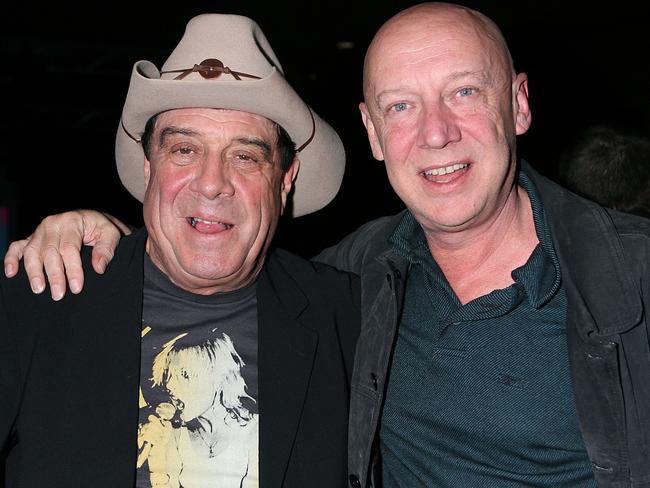Molly Meldrum’s guide to the biggest Australian hits of the 60s
It was the decade that gave us The Seekers, The Bee Gees and Johnny Farnham. Here Molly Meldrum guides you through the biggest Australian hits of the 1960s.
Hibernation
Don't miss out on the headlines from Hibernation. Followed categories will be added to My News.
Welcome to the first week of HiberNation celebrating the biggest Australian songs for each year from 1960 onwards. Your guide for the start of the journey – living legend Molly Meldrum. Another chart guru, Gavin Ryan, has helped us wade through the murky world of old-school pre-ARIA chart stats, where each state had different No. 1s,
to find the biggest homegrown hit of each year.
1960: SHE’S MY BABY
Johnny O’Keefe
The godfather of Australian rock had already released his signature anthems The Wild One (1958) and the Isley Brothers’ Shout (1959) and had become a national TV star on Six O’Clock Rock. He began the decade with his first No. 1, She’s My Baby. “JOK was the biggest thing in Australia at that stage, hit after hit after hit,” Meldrum says. “He paved the way for so many artists, especially by touring America. He was a lovely man. I remember once I took him to the dogs and he disappeared. He’d gone to the loo, locked the door and was singing at the top of his voice. He was pretty outrageous, it wasn’t an accident that he was known as The Wild One.”
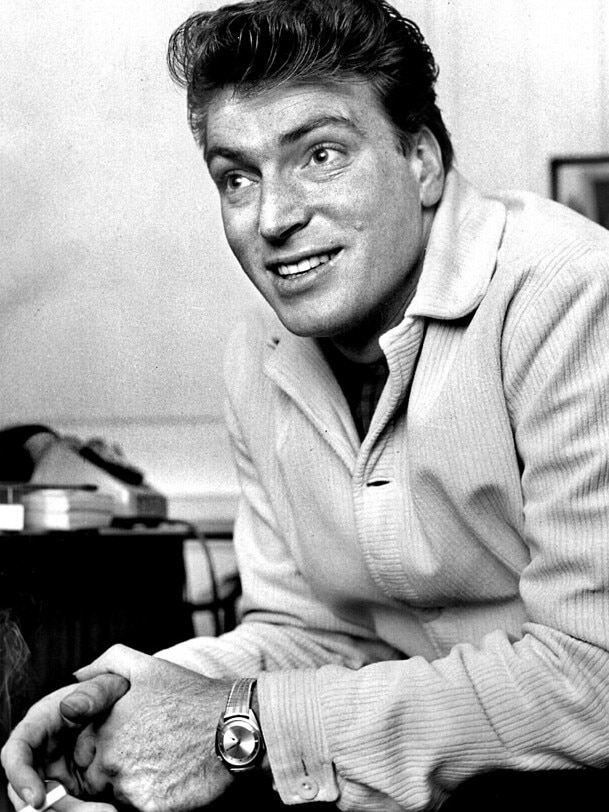
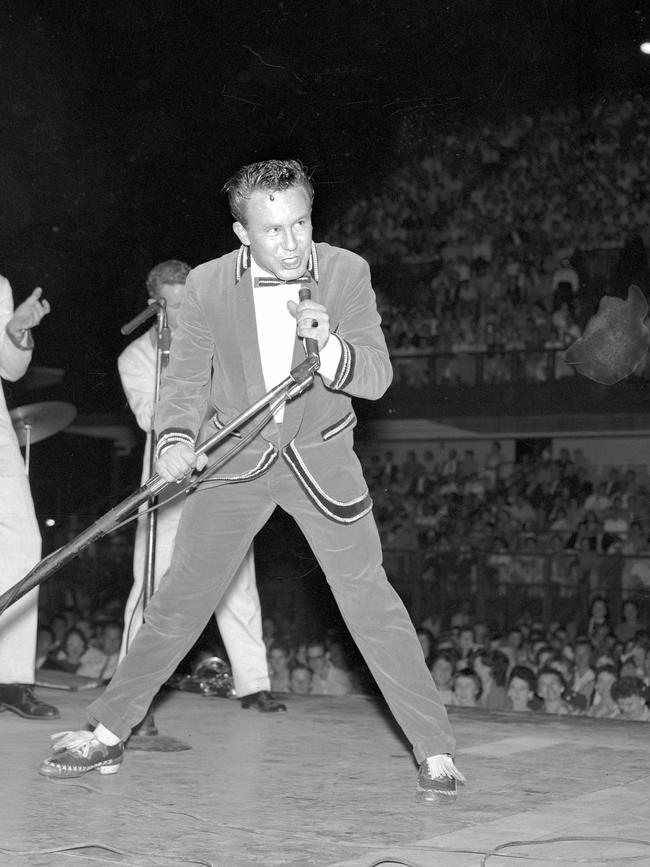
1961: I REMEMBER YOU
Frank Ifield
Frank Ifield’s hit I Remember You was first heard in the 1942 film The Fleet’s In, sung by Dorothy Lamour. The song went Top 5 in the US and was one of four UK No. 1 songs for Ifield, who was born in England to Australian parents. The Beatles would go on to play the song live in Germany in 1962. “Frank was one of the first Australians to make a really big impression on the British charts,” Meldrum says. “He had that amazing yodelling tone to his voice.”
1962: I’VE BEEN EVERYWHERE
Lucky Starr
Born Leslie Morrison, armed with the stage name Lucky Starr and a song written by local musician Geoff Mack, 1962 was his. Mack would go on to Americanise the version recorded by Hank Snow and later Johnny Cash. Starr’s hugely popular version features a rollcall of dozens of Australian towns. “Remember, this was years before people like Skyhooks, Australian Crawl and Paul
Kelly would reference Australian places in their lyrics,” Meldrum says.
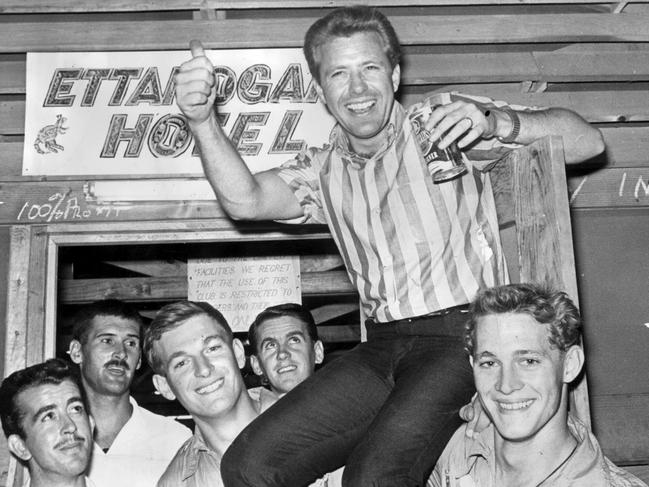
1963: 55 DAYS AT PEKING
Rob E.G.
Rob E.G. was the alias for guitarist Robie Porter, who’d later produce Daddy Cool, Air Supply and Marcia Hines. This is his instrumental cover of a song from a US movie of the same name. His other hits included Jezebel, Stage to Cimarron and Si Senor. “Robie was a very talented guitarist who became involved in record labels and production,” Meldrum says. “He even moved to London on the advice of the Beatles’ manager, Brian Epstein.”
1964: POISON IVY
Billy Thorpe & the Aztecs
Poison Ivy was first recorded by US group The Coasters in 1959, but it was the version by The Rolling Stones, also in 1964, that the Aztecs heard and then put their own distinctive stamp on. “This introduced Thorpey to Australia,” Meldrum says. “He was just electrifying to watch and what a band.”


1965: QUE SERA SERA/SHAKIN’ ALL OVER
Normie Rowe & the Playboys
Originally a hit for Doris Day the previous decade, inspired by the Beatles’ sound and a remake of the song by Liverpool act Earl Royce and the Olympics in 1964, the energetic version of Que Sera Sera (with Shakin’ All Over as a double A-side) quickly turned Rowe into a national popstar. “Normie was one of the first big stars to hail from Melbourne,” Meldrum says. “Australians were very proud of Australian music, they loved it.”
1966: HITCH-HIKER
Bobby and Laurie
Melbourne duo Bobby Bright and Laurie Allen took their cover of Roger Miller’s 1962 hit Hitch-Hiker right to the top of the Australian music charts. “They were an amazing duo,” Meldrum says. “Quite groundbreaking looking back, they probably don’t get a lot of credit now. These ’60s acts are crucial to the backbone of what Australian music would go on to become.”
1967: GEORGY GIRL
The Seekers
No. 1 in Australia, No. 2 in the US and No. 3 in the UK, this song was written by Dusty Springfield’s brother Tom, who also gave the band I’ll Never Find Another You. Just behind it as the second biggest local song of the year was the biggest hit to date for The Bee Gees, Massachusetts, which became their first UK No. 1 and reached No. 11 in the US. Ironically they wrote the song for The Seekers, but couldn’t get it to the band so recorded it themselves. “Georgy Girl is just timeless,” Meldrum says. “It’s one of the great, great songs. They wrote the book for what an Australian band could achieve overseas, including the Bee Gees.”
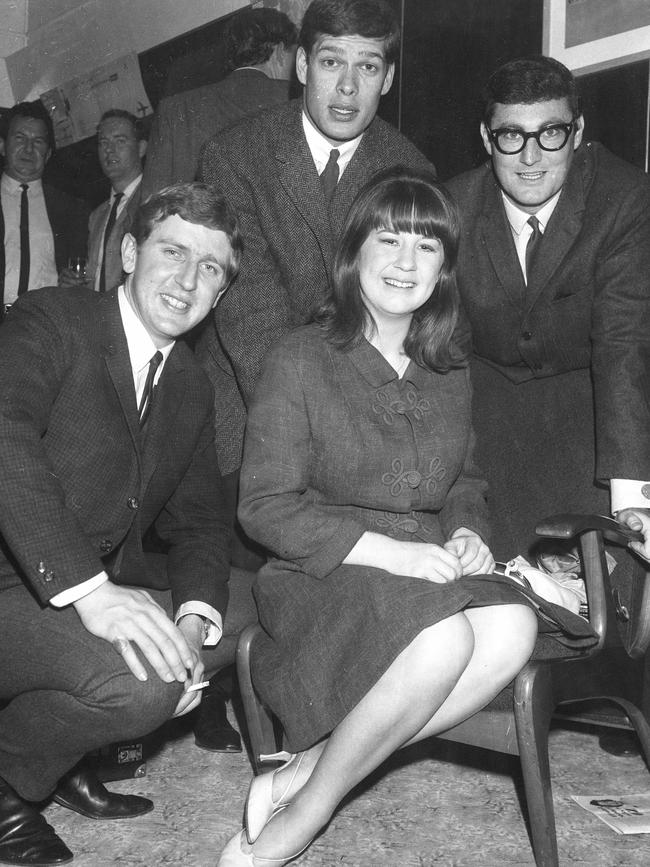

1968: SADIE THE CLEANING LADY
Johnny Farnham
A novelty hit that sold over 180,000 copies (the biggest selling song by an Australian act of the whole decade) that is now theatrically disowned by Farnsey. “Sadie’s a very catchy song, you can see why it was a big success,” Meldrum says. “ Who would have ever thought this guy from the outer suburbs of Melbourne singing about a cleaner would become one of Australia’s greatest singers ever?”
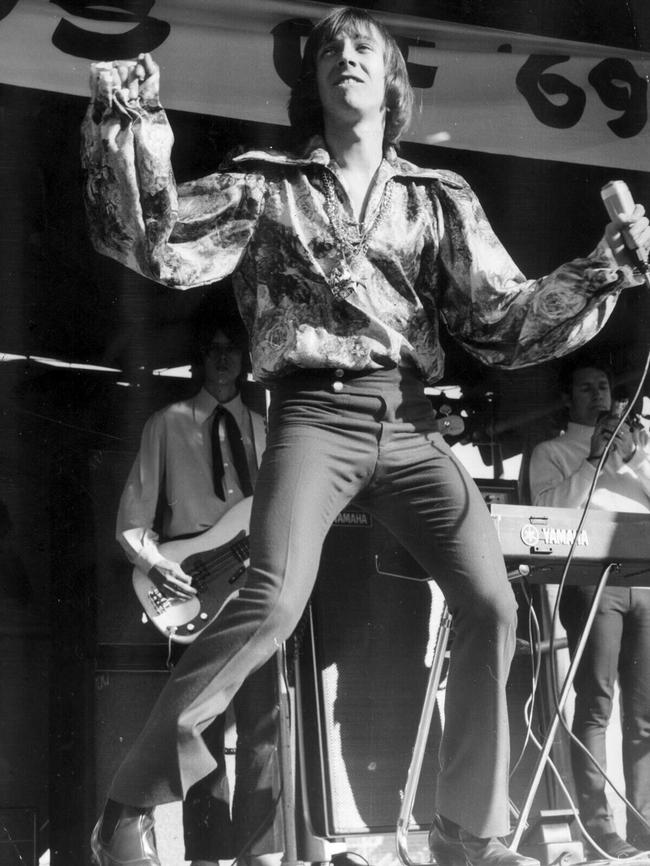

1969: THE REAL THING
Russell Morris
The story behind The Real Thing is almost as epic as the local psychedelic classic itself. Written by future Young Talent Time host Johnny Young as a Beatlesque ballad earmarked for pop singer Ronnie Burns, Burns’ housemate Molly Meldrum heard the track and pinched it for Russell Morris, whom he was then managing. Meldrum would spend almost a year making The Real Thing, with trippy vocal samples, children’s choir and a nearly seven-minute running time – and a $10,000 budget. “At the time someone wrote a newspaper story saying this one song was costing more than what most people spend on albums. EMI freaked out when they saw that. I had to steal the tapes at one point because they wanted me to abandon it. I was inspired by George Martin, he gave me confidence to experiment. Luckily it turned out OK,” says Meldrum.
